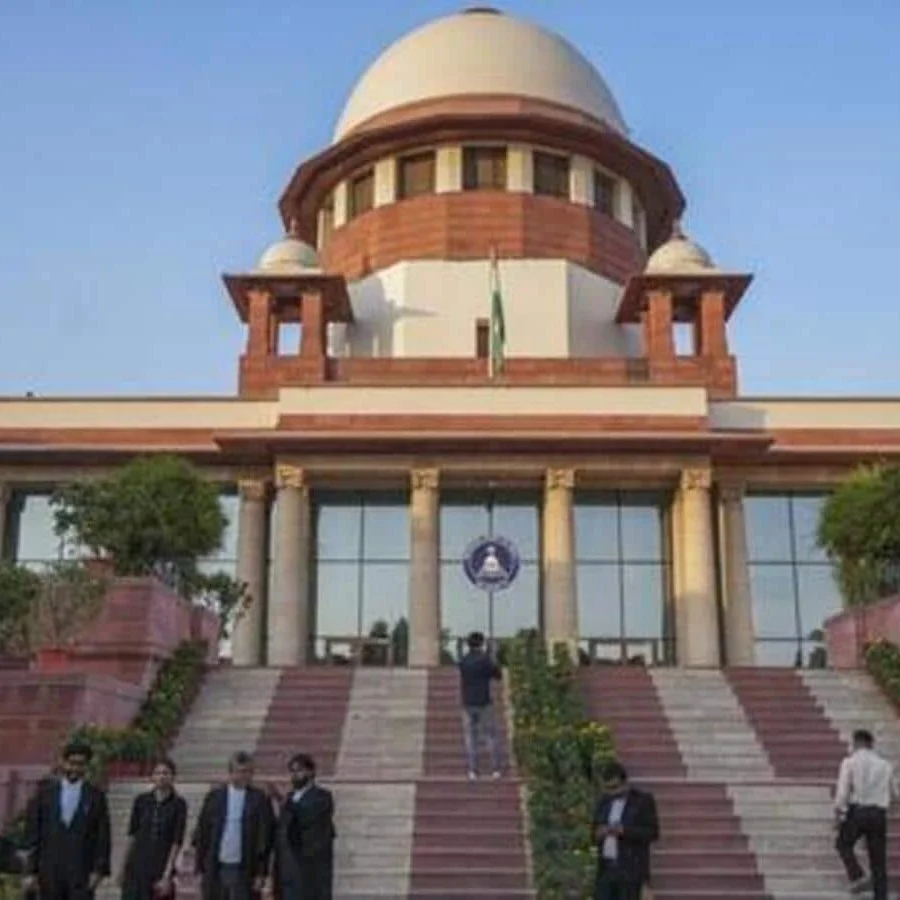The Supreme Court has ruled against holding the Muslim festival of Urs at a demolished religious site in Gujarat’s Gir Somnath district. This decision comes after the court found evidence that the structure, a dargah, was built on government property. The court also noted that the demolition was part of a larger state effort to remove illegal encroachments. This ongoing effort has sparked considerable discussion in the area as it has also impacted other religious structures, including Hindu temples.
The request to hold the Urs festival came from the Haji Mangroli Shah dargah. The group explained that their ancestors were buried at the same location, where they had celebrated the festival for many years. Despite their plea, the court sided with the state government. The government provided evidence that showed the dargah was built illegally on public land. Therefore, the court determined that the demolition was not a targeted attack on a specific religion, but a routine enforcement of land laws.
This situation underscores the complexities of balancing religious practices with land regulations. The court recognized the sensitivity of the case and carefully weighed the arguments. Ultimately, they upheld the government’s actions to ensure that existing land rules are followed. The ruling effectively means that no religious group can ignore land laws, and it will likely continue to generate debate within Gujarat.
Moreover, the court emphasized the basis for their decision, noting the dargah’s construction on government land. This statement reinforces the court’s stand on the enforcement of legal policies. The case also highlights the wider issue of land encroachment and the actions taken to resolve such matters. As such, this ruling and the events surrounding it will likely remain a topic of public concern.
In conclusion, the Supreme Court’s decision to deny the Urs festival highlights the priority of following the established legal guidelines for land usage. The court’s judgment indicates that the government’s actions were rooted in legal procedure rather than religious bias. The case will likely continue to be a point of public discussion, with many paying attention to the repercussions of this decision in the future.
